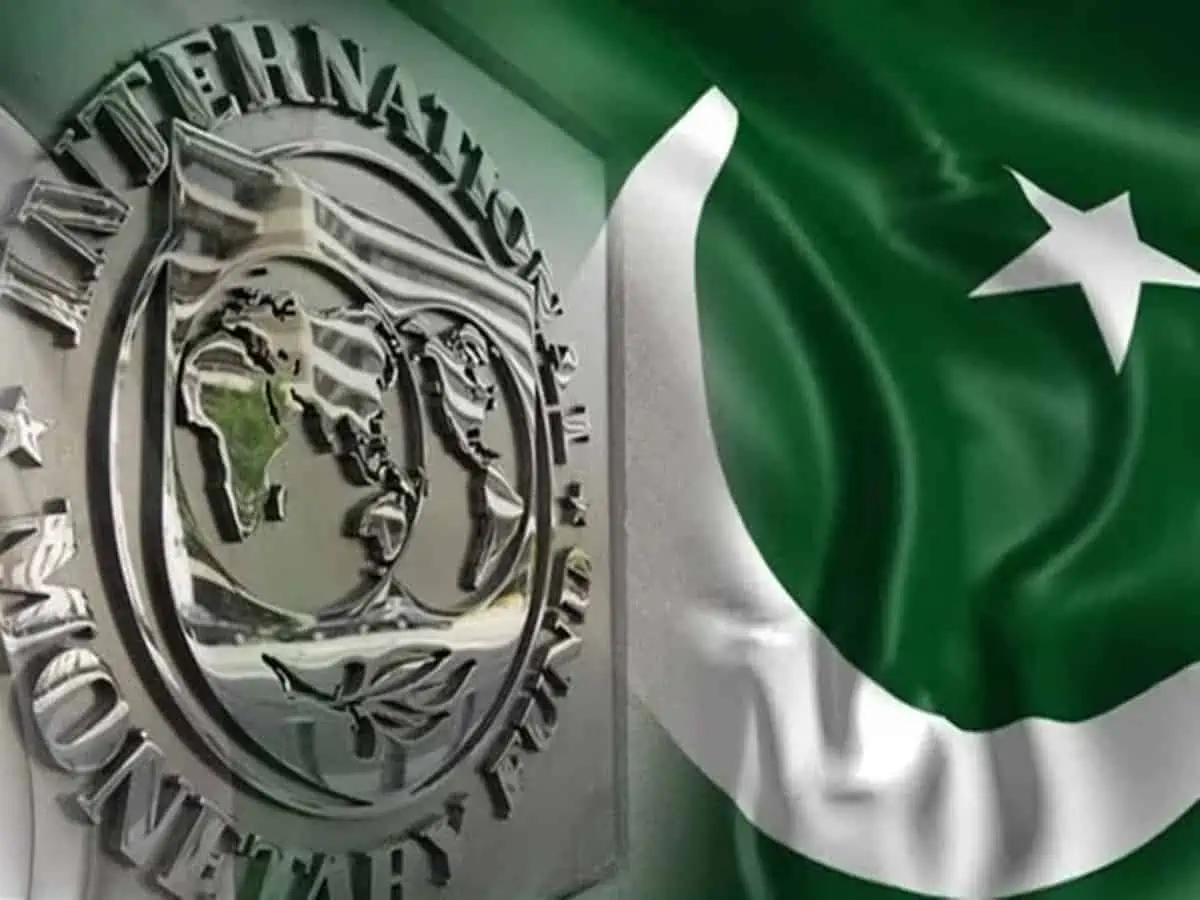Rising at an alarming 43.25% year-on-year, Pakistan’s Sensitive Price Indicator (SPI) reflects a dire cost-of-living crisis exacerbated by food inflation and increasing energy tariffs. Stagnant wages and a lack of government cash support are shrinking purchasing power unprecedentedly. Despite predictions by the central bank and government authorities, the likelihood of curbing inflation seems bleak with impending power and gas tariff hikes. Booming food exports contribute to reduced domestic supply, compounding the issue. The scenario points to sustained record-high interest rates, potentially deterring economic growth. Amidst global rate cuts, Pakistan may remain an exception, banking on a stable pro-business government post-February 8 elections. However, efforts to use fake news for political instability persist.
Spiraling inflation challenges Pakistan’s economic landscape.



